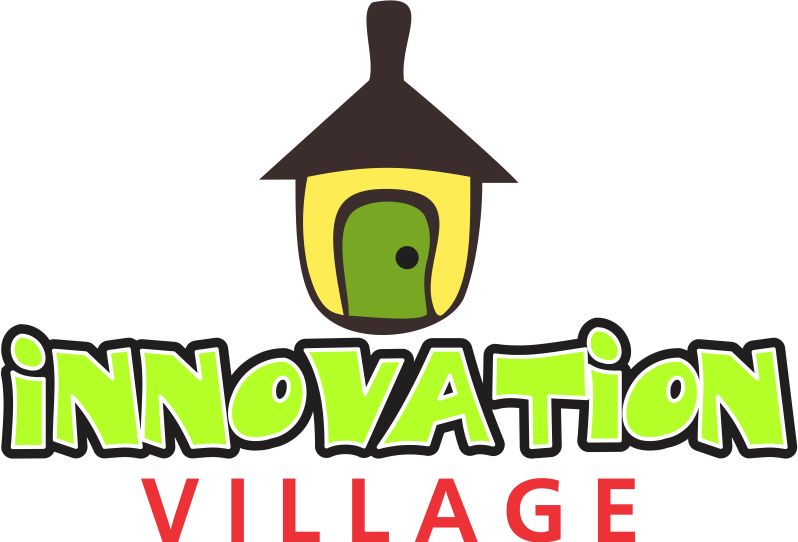Potato is a popular source of energy, potassium, vitamins C and B6 and based on recent research published in the Journal of Nutrition, the tubers of this food crop can also be an excellent source of iron. This simply means that potato can play a critical role in reducing iron deficiency, which is the leading cause of anaemia and affects nearly 2 billion people worldwide.
In developing countries, nearly half of pregnant women and 40% of preschool children suffer from anaemia. It disrupts the children’s mental and physical development, making them less productive and contributing to almost 20% of maternal deaths.
In a study conducted with iron-deficient women in Peru’s Huancavelica region where they ate 500 grams of potatoes per day for 14 days, the result reveals that the rate of iron absorption from those potatoes was significantly higher to what was reported of other crops.
On the contrary, people absorb only about 2-10% of the iron in most vegetables, 8% of the iron in pearl millet and less than 10% of the iron in beans. Participants in the study absorbed 28% of the iron in the yellow-fleshed potato they consume. This means the 500 grams consumed during the study provided 33% of a woman of reproductive age’s daily iron requirement.
Gabriela Burgos, a nutritionist at the International Potato Center (CIP) that undertook the study in collaboration with ETH Zurich and Peru’s Instituto de Investigación Nutricional, said: “Nobody expected the potato to have such a high level of iron absorption.” She added that this was the first human study of iron bioavailability in potato ever conducted, and the result is the pleasant thing the scientists hope for.
Burgos, one of the study’s lead authors, said, “Potato has great potential for reducing iron-deficiency, although it contains much less iron than crops such as beans or spinach because the human body absorbs a higher proportion of the potato’s iron.”
She explained that the result is because most vegetables and legumes contain a high amount of phytates and other secondary metabolites that inhibit iron absorption. But potatoes have a low level of this compound and a lot of vitamin C, which promotes iron absorption.
The study’s results make more sense because they took place in the framework of an initiative to increase the iron levels of potato via conventional breeding, known as biofortification. The resultant varieties from the study will be disseminated in areas where there is iron deficiency.
Burgo further stated that biofortified potatoes are an excellent way to reduce iron deficiency in highlands areas, including Huancavelica, where people occasionally consume meat. Most adults in the region consume 300-600 grams of potato per day. This is good news for people living in potato producing areas of Africa and Asia, where people have access to comparable diets.
Nevertheless, Burgos said there is a need to conduct an efficacy study to demonstrate there is a significant improvement in the Iron and Zinc status of people who include biofortified potatoes into their diets.
In light of the quest of releasing biofortified varieties in Peru, CIP and other partners have been taking the necessary steps. The CIP genebank has sent in vitro plantlets of not less than 50 biofortified potatoes to national agricultural research centres in Africa and Asia for evacuation and possible release as varieties.
In the past years, CIP has partnered with national potato programs in Ethiopia, Rwanda, Bhutan and Nepal in the evaluation process, and iron-biofortified potato varieties are likely to be released in some of those countries in the next couple of years.


